#Aquatic Life
Explore tagged Tumblr posts
Text

Cuttlefish
---
#art#artists on tumblr#my art#artwork#illustration#painting#digital art#digital painting#digital illustration#cuttlefish#fish#fishblr#fish drawing#fish illustration#fish art#ocean#sea creatures#aquatic life#marine life#cephalopod#octopus#octopus art#squid
268 notes
·
View notes
Text

Off topic, but have some fishes for now
#my art#art#digital art#digital illustration#sea creatures#marine life#sea life#aquatic life#artists on tumblr#illustration#anglerfish#angelfish#lionfish#orca#marlin#starfish#fishing
14K notes
·
View notes
Text


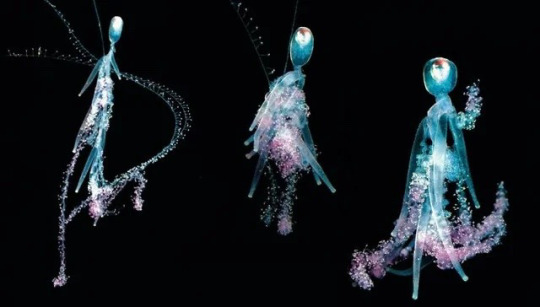


Rhizophysa filiformis // No common name
Rhizophysidae is a family of siphonophores in the suborder Cystonectae. Look at them go 💚🩵💜
Love to sea it 🌊
#Rhizophysa#Rhizophysidae#marine creatures#marine biology#science#marine life#marine science#love to sea it#cnidarians#cnidarian#siphonophore#siphonophores#hydrozoan#ocean life#ocean animals#sea life#sea creatures#deep sea#fishblr#aquatic life#marine animals#sealife#sea critters#ocean creatures#ocean critters#sea animals#hydrozoans
7K notes
·
View notes
Text

Neorice's Ocean
#pixelart#neorice#sprites#pixel art#neoriceisgood#retro#16bit#game art#shark#sharks#white shark#hammerhead#fish#aquatic life#sea creatures#aquatic#fishes#marine life#remora#morray#marine biology#sea animals#marine animals#sea life
5K notes
·
View notes
Text
I see a lot of talk about common species like sharks and whatnot when it comes to marine life which is cool and good but you know what I don’t see people talking about? the batfish

this is a polka dot batfish. look at his cute legs and sweet little face. absolutely incredible. such a revolutionary creature. I fucking love batfish and you should too
#batfish#marine life#marine animals#marine biology#ocean life#sea animals#sea creatures#sea life#fish#fishblr#sea critters#fishes#animals#sea#ocean#aquatic life#aquatic#biology
3K notes
·
View notes
Text
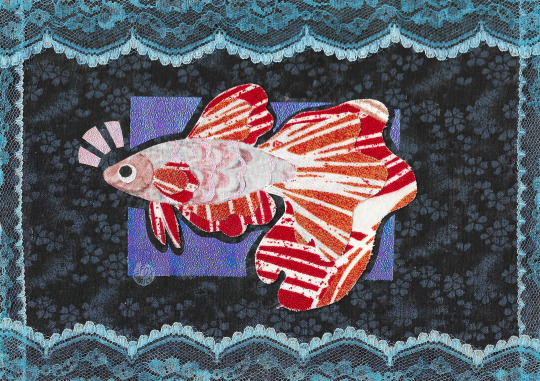
Betta fish collage!
#betta fish#marine life#marine biology#sea creatures#fish#fishblr#aquatic life#aquarium#fish art#collage#mixed media#ik its not actually a sea creature I just gotta add tags so its seen lmao#my art
3K notes
·
View notes
Text
ocean graphics 𓆝 𓆟 𓆝
























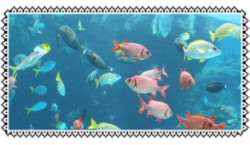
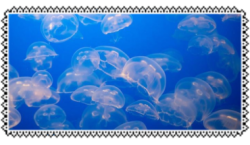



#web graphics#ocean#oceancore#sea#sea creatures#seacore#water#aquatic life#aquatic#marine life#marine biology#sea animals#fish#aesthetic#blinkies#stamps#deviantart stamps#rentry graphics#rentry resources#carrd resources#carrd graphics#webcore#old web#dividers#graphics
757 notes
·
View notes
Text


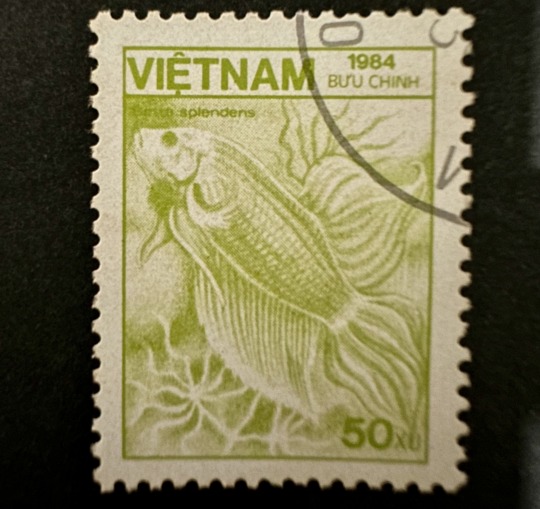


some postage stamps i've collected over the years featuring fishies x
#fishblr#fish#postage stamps#marine animals#marine biology#marine life#vintage#postage stamp#stamp collecting#stamps#art#sea creatures#fishes#aquatic life
2K notes
·
View notes
Text
Well everyone... Here's the next fish plush!
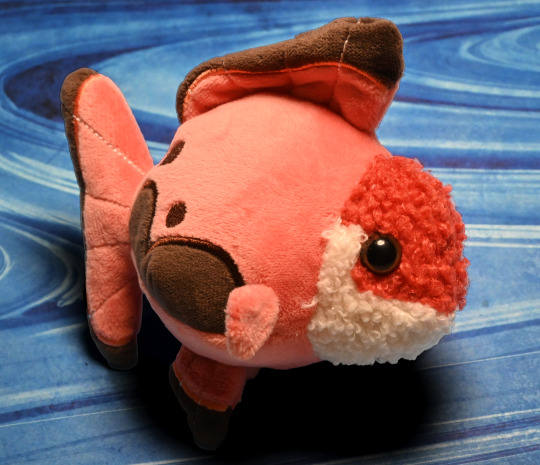
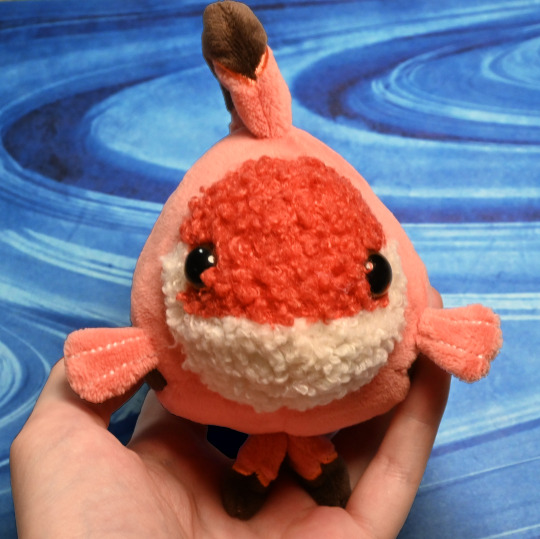
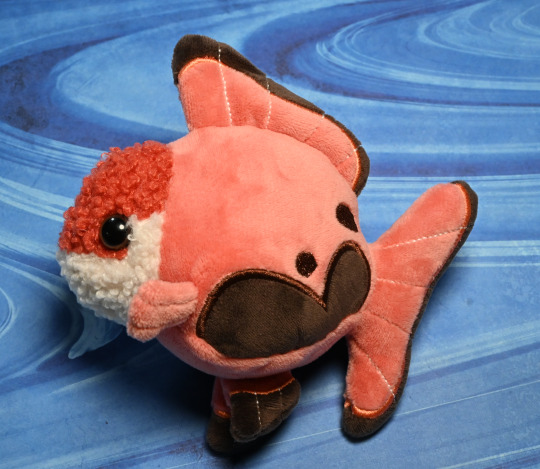
It's an Oranda Goldfish! Of course, it is not 100% biologically accurate-- I have taken creative liberties to make him work well as a plushie :)
I've been working on getting this design perfected to my liking with my manufacturer for months, and I'm so happy to get to share it now! He's very chubby and squishy IRL, and the scruffy head is absolutely adorable IMO!
If you're' interested in getting one, please fill in the interest check form linked below! Even if it's just a "maybe" I'd really appreciate hearing from you :)
P.S. Tumblr is getting this info first before my other socials get posts... Because I love you guys the most <3
#art#my art#artists on tumblr#small business#fish#fishblr#plushblr#plushies#fish plush#oranda goldfish#goldfish#fish art#aquatic#aquatic life#sea creatures
538 notes
·
View notes
Text

Jellyfish
---
#art#artists on tumblr#my art#artwork#illustration#painting#digital art#digital painting#digital illustration#jellyfish#jellyfish art#fish#fishblr#fish drawing#fish art#ocean#sea creatures#aquatic life
89 notes
·
View notes
Text

Plush Nautilus made by ??? !!
#plushies#plushie#plush#plush toy#plushblr#plushcore#stuffies#stuffed aminals#stuffed animals#marine animals#aquatic life#nautilus#nautiloid
6K notes
·
View notes
Text
Skeleton Panda Sea Tunicate Appreciation Post!!! 💀 🐼 🌊
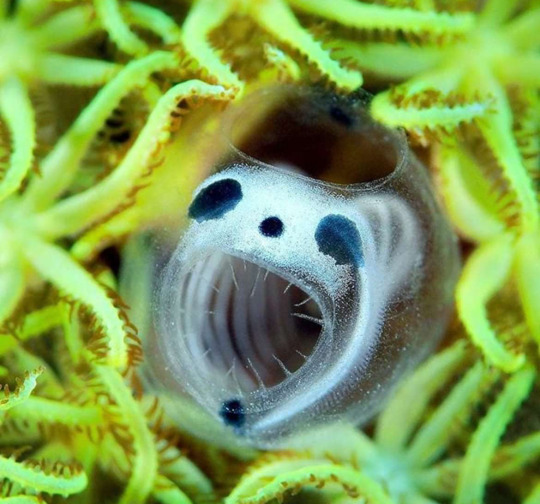
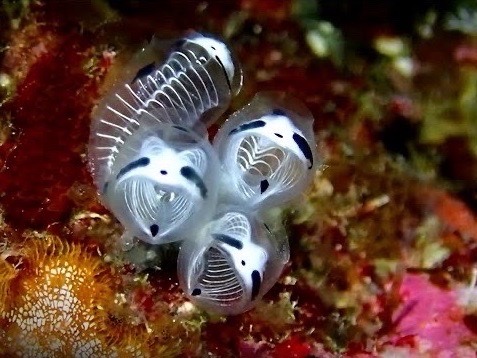

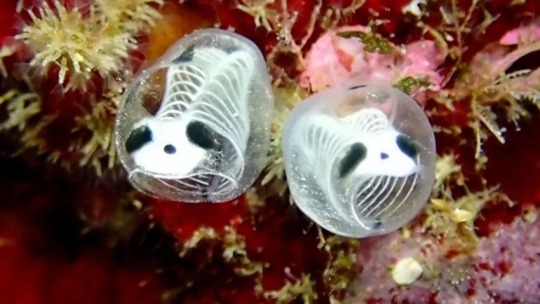


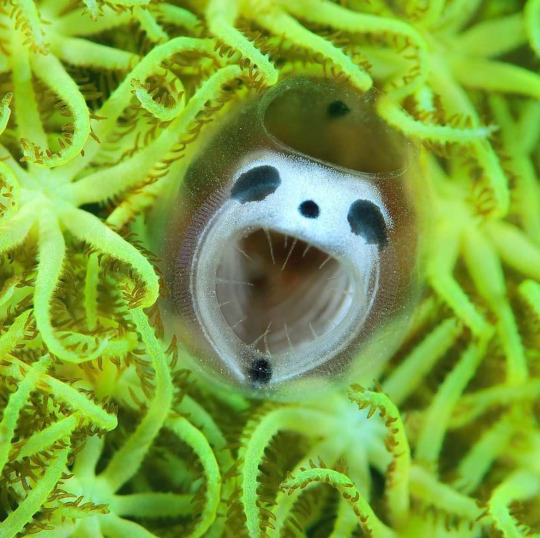
Clavelina ossipandae, the skeleton panda sea tunicate is a species of colonial ascidian, also known as sea tunicates, a group of sessile, marine filter-feeding invertebrates. Just some funky little guys!
First discovered near Kume Island in Japan by local divers, pictures of the animal attracted media attention in 2017. But they weren't given their formal taxonomic description until 2024
Love to sea it 🌊
#marine science#tunicates#science#biology#halloween#spooky season#skeleton#sea creatures#sea critters#marine creatures#marine life#photography#marine biology#sealife#ocean creatures#ocean#oceanposting#love to sea it#aquatic life#marine invertebrates#sea tunicate#chordata#invertebrates#sea life#sea animals#marine animals#ocean animals#ocean critters#fishblr#tunicate
7K notes
·
View notes
Text

DID YOU KNOW: these are the five guys. you know from classic hit restaurant five guys burgers and fries. they opened the restaurant. they cook the burgers. and the fries too
#zoology#entomology#insects#arthropods#arachnids#crustacean#daphnia#daphnia magna#Carcinology#plankton#marine biology#sea creatures#aquatic life
466 notes
·
View notes
Text

Every time I see a pic of the tripod fish I just wanna put lil shoes on them
#tripod fish#fish#fishblr#fish art#deep sea#sea life#aquatic life#marine life#marine biology#my art#pencil watercolour and a digital bg!
7K notes
·
View notes
Note
How about the Port Jackson and its adorable smile! I think more people should know about it!
Love your blog! 🦈💖
Thank you so much!
Port Jackson Shark // Heterodontus portusjacksoni
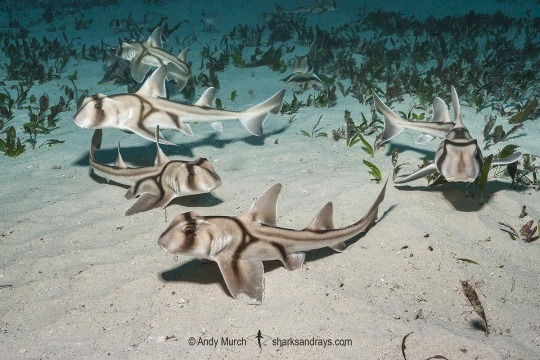
These cute sharks grow to be approximately 1.65 m (5.4 ft) and are found exclusively in the waters of southern Australia. The conservation status for these sharks is unknown, but their eggs have a high mortality rate (only about 11-22% survive) because of high predation.
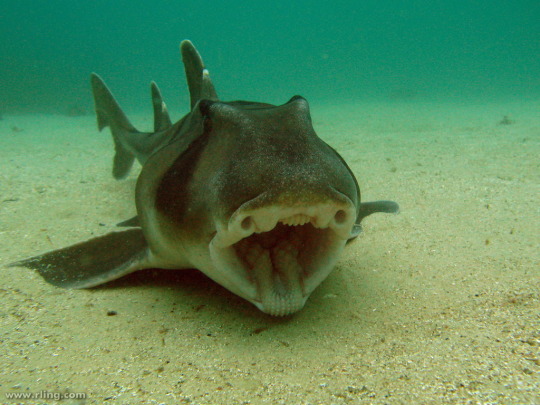
Unlike a lot of sharks, the Port Jackson shark doesn't have a mouthful of sharp, pointy teeth. They have a front row of small, pointed teeth that lead to wide, flat teeth in the back. These teeth are handy for catching and then breaking the shells of mollusks and crustaceans.

#animal facts#wildlife#biology#marine life#ocean#science#animals#marine ecology#marine biology#fun facts#shark#sharks#sea creatures#fish#marine animals#port jackson shark#fishes#aquatic life#fishblr#environment#ecosystem#ecology#environmentalism#oceans#sea#sea animals#gif#animal gifs
815 notes
·
View notes
Text

one shrimp two shrimp red shrimp blue shrimp
#shrimp#fish#fish art#shrimp art#sea animals#sea life#sea critters#marine animals#marine biology#art#ocean animals#ocean life#fishblr#fishes#shrimpkeeping#shrimps#traditional art#ocean#sea creatures#sea#aquatic life#aquatic#bohiggie art
2K notes
·
View notes